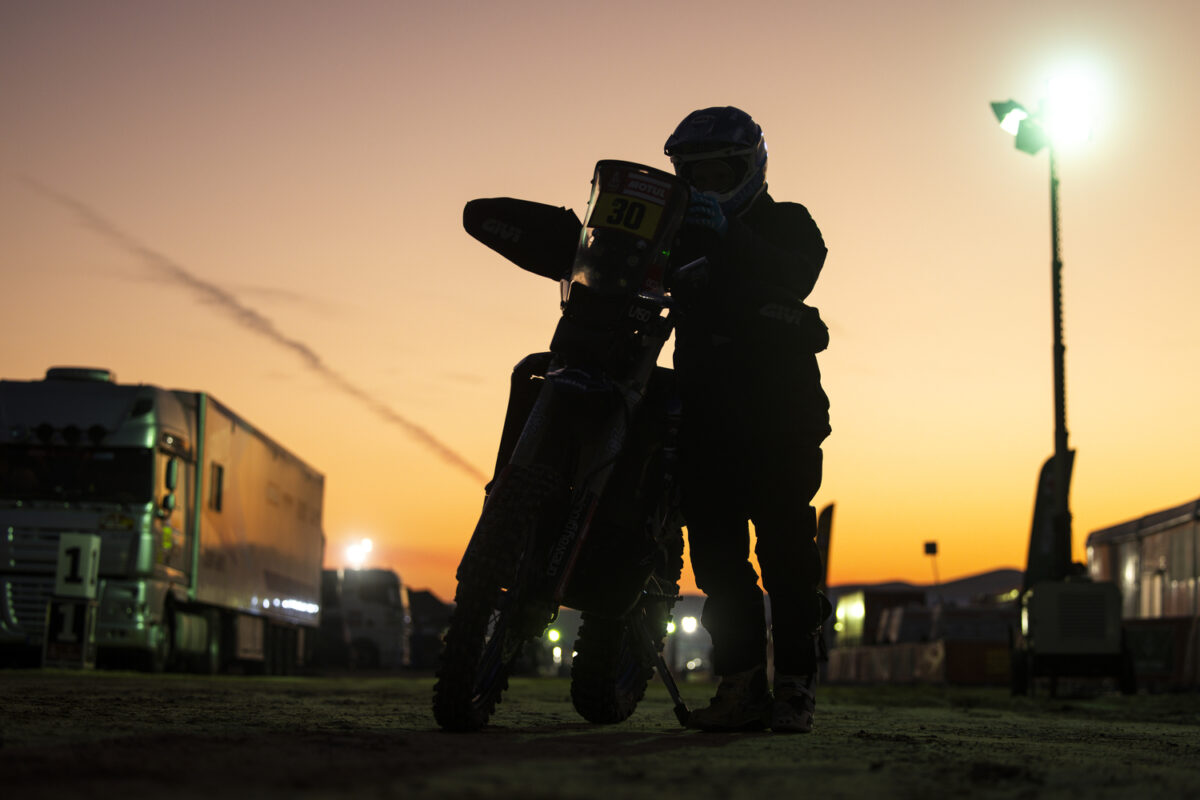In a groundbreaking move, the 2024 Dakar Rally introduces an extraordinary challenge, the 48h Chrono, leaving most competitors on edge.
Unlike traditional marathon stages, this two-day event promises a unique and demanding experience, defying the norms of previous races.
Dakar Rally was already hard enough as it was, but now, as the clock strikes 4 pm, a bell will echo across the Empty Quarter, commanding all participants to cease their vehicles and begin the journey to their rest areas for a night beneath the twinkling desert stars.
The time limit on this stage is unforgiving, compelling entrants to pause at one of the seven predetermined rest areas strategically placed along the special course. Here, competitors will be provided with basic camping essentials and minimal provisions, destined to rest in the heart of the desert. Once the sun starts coming up, the drivers will return to where they left their vehicles and then, they will resume the competition from where they left off.
But that’s not the end of the challenge. In a twist, motorbike and car drivers will split their routes.
For motorbike category contenders, this marks an unprecedented challenge, as they navigate through an eight-hour special stage, a first in Dakar Rally history. The expansive dunes of the Empty Quarter provide a breathtaking backdrop to this event, intensifying the difficulty of the challenge.
Navigating this special stage is no small feat, with intricate routes and concealed waypoints (WPs) that will undoubtedly test the skills of the competitors. Both car and motorbike participants will grapple with these navigation challenges, each following distinct courses delineated for FIA (Fédération Internationale de l’Automobile) and FIM (Fédération Internationale de Motocyclisme) entrants.
Notably, co-drivers in the car category face an additional challenge, as they will have to do without the motorbikes’ trails.
During this period, our drivers will find themselves disconnected from the world, with no means of communication and no updates on their rivals’ progress until they reach the finish line.
After completing this combined stage, which is actually two different stages joined together, drivers will embark on a flight from Shubaytah to Riyadh. The Dakar Rally will then resume after a rest day.
Before reaching Riyadh, drivers will have to complete 209 kilometres of link, with differing distances for motorcycles and cars in the special section. The two-wheel category must cover 626 kilometres between the two days, while heavy vehicles will brave 572 kilometres of challenging dunes.
Stepping into the 48h Chrono Stage feels like exploring unknown territory, where time plays both friend and foe. Split paths and the challenge of a night without connections create a stage highlighting bravery and resilience.
Tomorrow, as the engines roar at sunrise, drivers will embark on an extraordinary journey that will leave a story of bold adventures and unwavering dedication. The 48h Chrono Stage stands as a tribute to the Dakar spirit, adding an exciting new chapter to the ongoing tale of this legendary race.
Are our drivers ready for this unparalleled test in the history of the Dakar Rally?
Reporting by Camila Ricciardi in Buenos Aires for Action Sports Network.

